Urban gardens are often small spaces, shaded by buildings or trees, yet these spaces still have the potential to provide a beautifully lush and leafy display.
Read on to discover some tips, inspiration and resources for getting the most out of your shady space.
Heuchera and Ferns are great shade tolerant plants
Considerations for shade planting:
Different levels of shade
It is useful to spend time observing how the level of light changes throughout the day (this will also change throughout the year). Simply put there are four classes of shade based on the amount of direct sunlight the area receives:
Light shade (over 5hrs direct sunlight/day)
Partial shade (less than 5hrs direct sunlight/day)
Full shade (up to 1hr direct sunlight/day)
Deep shade (no direct sunlight)
Different plants will be able to tolerate different levels of shade and should be clearly labelled as such. Once you know the shade level you are dealing with it will make choosing the right plants much easier.
Dry shade
Shaded areas are often protected from rainfall due to buildings or trees creating dry shade areas often with nutrient poor soil, it is therefore a good idea to improve the soil by digging in organic matter (such as homemade compost or well rotted farmyard manure) prior to planting. This will improve water retention and help aeration for good root growth.
Container planting
An easy way to transform a shaded area is to plant within pots or containers, this way you can be sure the plant has good nutrient rich soil. It is always best to plant within containers that have drainage holes to stop root rot and overwatering during heavy rainfall.
Our favourite shade-tolerant herbaceous perennials
These plants will die back over winter and re-grow in spring.
Our favourite shade-tolerant evergreens
These plants will have foliage all year round













